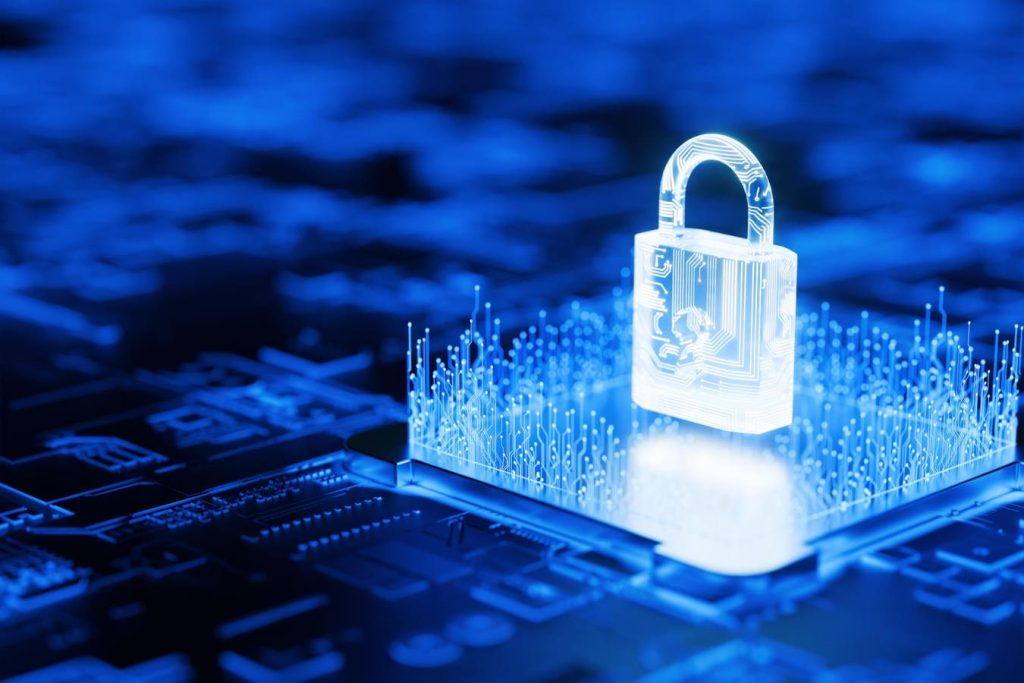Skip Sanzeri, founder, board chair, and COO of QuSecure, a leading post-quantum cybersecurity company, recently shed light on the urgent need for cryptographic agility in the face of escalating cyber threats. With data breaches impacting businesses, government agencies, and consumers at an alarming rate, it is evident that traditional cybersecurity measures are falling short in protecting sensitive information. Recent high-profile breaches, including the Microsoft Exchange Server vulnerability exploited by state-sponsored hacking groups and the hack of the Cybersecurity and Infrastructure Security Agency, underscore the vulnerability of even top tech companies and federal agencies to cyberattacks.
Cryptographic agility, also known as crypto-agility, is a crucial concept that allows organizations to rapidly adapt and switch encryption methods in response to evolving cyber threats. Just as updating a phone’s operating system strengthens its security, cryptographic agility enables organizations to stay ahead of potential attackers by continually evolving the encryption methods used to protect their data. In light of the ever-changing tactics employed by cybercriminals, the ability to seamlessly transition to more secure encryption methods when needed is essential for safeguarding valuable information.
To enhance their cybersecurity posture, organizations are advised to explore cryptographic agility and its benefits, as highlighted in Accenture’s research on the topic. Testing cryptographically agile systems in their environment, particularly those operating in the post-quantum cybersecurity space, can provide valuable insights into the effectiveness of these systems. By installing cryptographically agile systems to protect their most sensitive data and considering the integration of machine learning (ML) and artificial intelligence (AI) for future-proofing, organizations can proactively defend against evolving cyber threats.
In addition to protecting against traditional cyber threats, cryptographic agility is essential in mitigating the risks posed by quantum computing attacks. As quantum computers become more powerful, the existing encryption that safeguards the internet and internal networks is at risk of being compromised. By leveraging cryptographic agility to quickly adapt to new encryption technologies, organizations can stay ahead of the quantum threat and minimize the potential impact of data breaches. Taking control of their organization’s cryptography and eliminating dependence on multiple cybersecurity vendors can further enhance security and reduce the risk of unauthorized access to sensitive information.
As the technological landscape continues to evolve, the importance of cryptographic agility in safeguarding digital assets against cyber threats cannot be overstated. By embracing this adaptive approach to encryption, organizations can build a resilient security framework that protects their data from the most determined cybercriminals. Just as we secure our physical assets with locks and security measures, cryptographic agility ensures that our digital world remains secure and resilient in the face of emerging threats. Embracing the principles of cryptographic agility is essential for building a secure digital future that safeguards our data and privacy.


